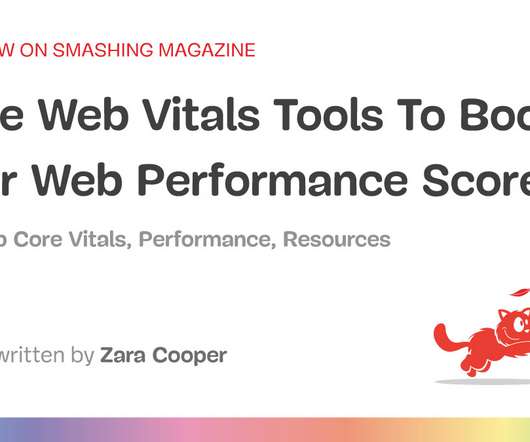Measure What You Impact, Not What You Influence
CSS Wizardry
AUGUST 24, 2022
I can reload the exact same page under the exact same network conditions over and over, and I can guarantee I will not get the exact same, say, DOMContentLoaded each time. What if another file on the critical path had dropped out of cache and needed fetching from the network? In fact, I do that on this site. Signal vs. Noise.
























Let's personalize your content